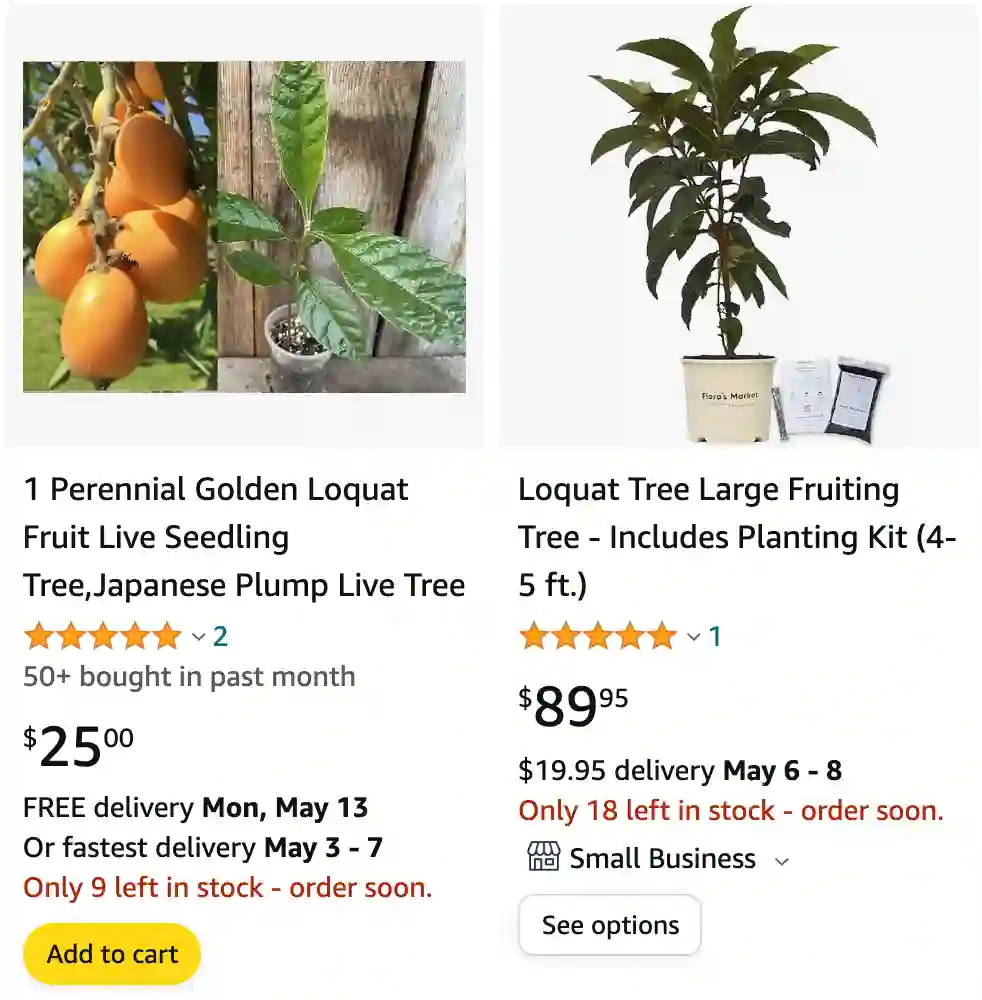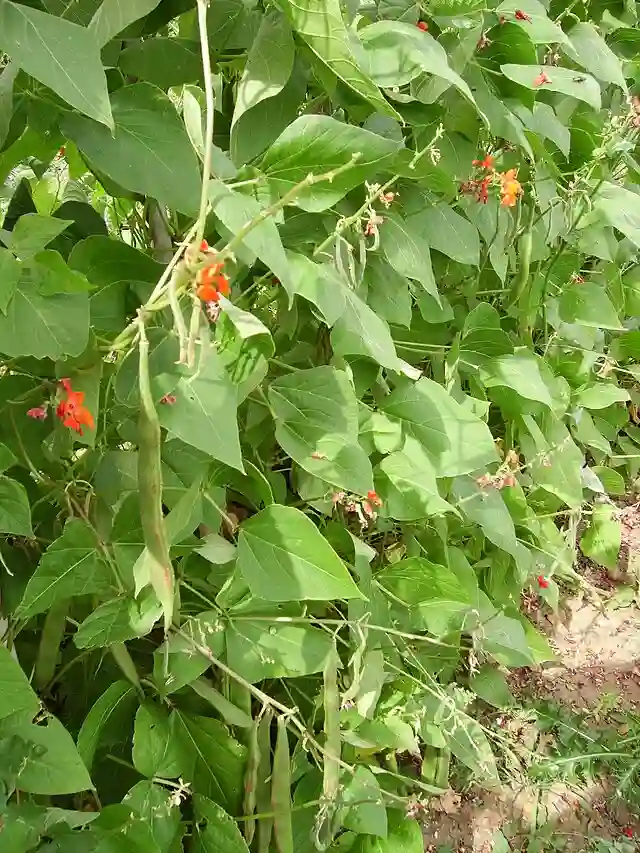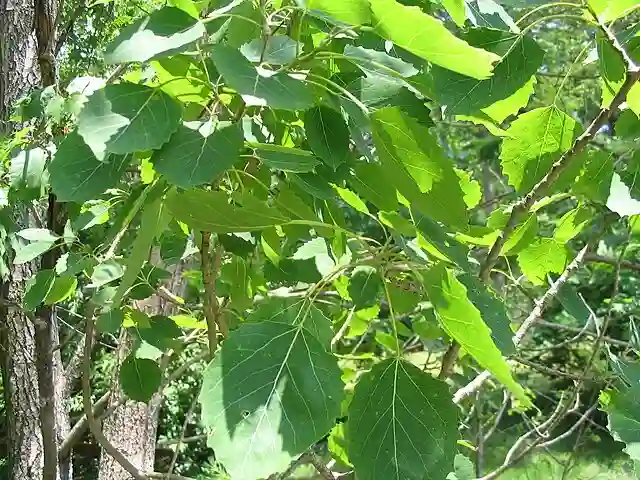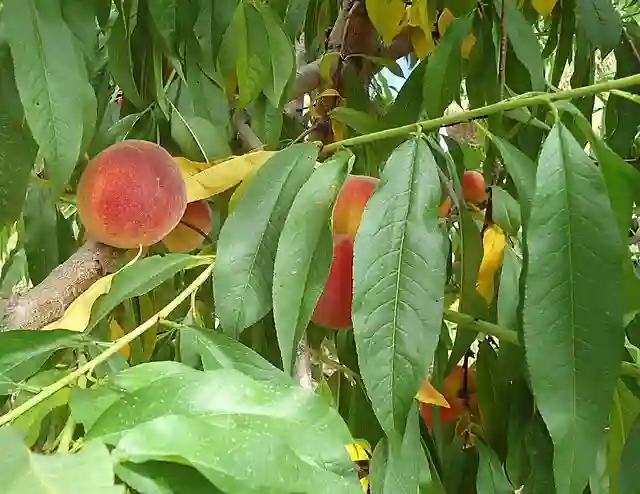
How to eat loquat?
Loquats are like a fun surprise at the grocery store! They look a bit like fuzzy little apricots, and that’s kind of how you eat them. I usually just rinse them off first, then I decide if I want the skin on or off. The skin is edible, but a little fuzzy, so if I’m feeling fancy I’ll pinch the stem and peel it down like a tangerine. Then I cut it in half and admire the sunshine-colored flesh inside. Be warned, there’s a big pit in the center, so watch out for that. My favorite part is scooping out the juicy flesh with my teeth – it’s sweet and tangy at the same time, almost like a mix of peach and mango. The best loquats are the ones that are a little soft when you squeeze them – those are the ripest and juiciest!
Can dogs eat loquats?
While I haven’t personally given my dog loquats, I’ve heard it’s best to avoid them. It seems like more trouble than it’s worth. The flesh itself might be okay, but it’s a pain to remove the skin and pit safely for them. Plus, I read the seeds and leaves can be toxic, and knowing my pup, he’d probably try to swallow the whole thing whole! There are plenty of other dog-safe fruits out there, like apples or bananas, that are easier to share and don’t come with any potential risks. Maybe I’ll stick to enjoying those loquats myself!
What does a loquat taste like?
In my experience, loquats are like a flavour party in your mouth! They’re definitely sweet, but with a surprising tang that reminds me a bit of citrus. The best way I can describe it is like a delicious mix between a cherry and an apricot. They’re juicy too, but not in an overwhelming way – just enough to keep things interesting. The flesh is really soft, so you can almost scoop it out with your teeth. It’s a really unique flavour that’s hard to pin down, but absolutely delicious!
How to plant loquat seeds?
I just got lucky and found some beautiful loquats at the market, so I’m definitely going to try growing my own tree! From what I’ve been reading, it seems pretty straightforward. First, I need to separate the seeds from the flesh – they’re pretty big and brown, so they’re easy to find. Some people say soaking them for a few days helps them sprout faster, but I might try planting some with and without soaking to see what works best for me.
Then comes the fun part – planting! I’m thinking of using small pots with well-draining potting mix. I’ll probably plant a couple of seeds in each pot, just in case some don’t germinate. The seeds themselves shouldn’t need to be buried too deep – maybe just an inch or so under the soil surface. Then comes the waiting game! I’ll keep the soil moist and the pots in a warm, sunny spot (maybe on a windowsill) and hope for some little green sprouts in a few weeks. I’ve heard it can take a while for loquats to grow from seed, but I’m patient – and the idea of homegrown loquats is definitely worth the wait!
Where to buy loquat fruit?
When it comes to finding loquat fruit, I’ve had the most luck either at specialty grocery stores that focus on exotic produce or at Asian markets. These places often carry a variety of fruits and vegetables that you might not find at your typical supermarket. I remember one time, I stumbled upon a small Asian market tucked away in a corner of the city, and they had the most amazing selection of fresh loquats. The staff were incredibly helpful too, giving me tips on how to choose the ripest ones and even sharing some recipe ideas. It was such a delightful discovery, and now whenever I’m craving loquats, that’s the first place I check.
How fast do loquat trees grow?
Loquat trees are known to grow at a moderate pace, but the actual speed can vary depending on factors like climate, soil quality, and care. In my experience, when I planted a loquat tree in my backyard a few years ago, it took about 2 to 3 years to establish itself and start producing fruit. Initially, it seemed like slow progress, but once it took root and began to flourish, it grew more rapidly. I found that regular pruning and providing sufficient water and nutrients helped to encourage its growth. Overall, while it may not be the fastest-growing tree in my garden, the loquat’s steady growth rate adds to its charm and appeal.
How to prune a loquat tree?
Pruning a loquat tree can be a delicate balance between encouraging healthy growth and maintaining its natural shape. In my experience, I’ve found it best to prune during the tree’s dormant season, typically in late winter or early spring, before new growth begins. I start by removing any dead, damaged, or diseased branches to promote overall tree health. Then, I selectively prune to thin out crowded areas, allowing for better air circulation and light penetration throughout the canopy. I aim to maintain an open, vase-like shape to the tree, which helps to prevent disease and encourages fruit production. It’s essential to avoid over-pruning, as this can stress the tree and inhibit fruiting. Regular maintenance pruning throughout the year also helps to keep the tree in check and promotes its overall vitality.
When are loquats ripe?
In my experience, figuring out loquat ripeness can be a bit of a guessing game! They seem to ripen pretty quickly, so it’s good to keep an eye on them. Here’s what I’ve noticed:
Loquats start out green and firm, and as they ripen they change color. They’ll go from green to a yellow-ish orange, and that’s usually when they’re getting close to prime picking time. If they’re still a bit green, they might be tart. The best ones I’ve had have been a rich, sunshine orange color and give a little bit when you squeeze them gently.
Since loquats tend to be delicate, I try not to squeeze too hard to check ripeness. Another good indicator is the stem – if it gives a little when you press on it, that’s a sign the loquat is ready to eat. Also, if you see any cracks or blemishes on the skin, that might mean it’s past its prime and getting mushy inside.
Overall, the best way I’ve found to tell if a loquat is ripe is to go with a combination of color, firmness, and a little bit of gentle prodding!
How to make loquat tea?
I just discovered loquats and I’m hooked! Since I can’t seem to get enough of them, I decided to try making tea with the leaves. Here’s what I found:
There are two ways to go about it, depending on whether you have fresh or dried loquat leaves. If you have fresh leaves, you can just rinse them gently and chop them up a bit. Then, add them to hot (but not boiling) water and let them steep for 10-15 minutes. Strain the tea and enjoy! Some people like to add a little honey or lemon for flavor.
If you have dried loquat leaves (which I haven’t found yet, but maybe someday!), you can use less – like a tablespoon or so per cup of water. The steeping time might also be a bit shorter, around 5-10 minutes. Again, strain the tea before drinking.
I’m excited to try some loquat tea this afternoon! I hear it has a nice flavor and might even have some health benefits. Win-win!
Can you freeze loquats?
Absolutely! Loquats freeze well, which is fantastic because they don’t have the greatest shelf life fresh. The good news is freezing them is pretty simple. Here’s what I do:
First, I pick out nice, ripe loquats. You don’t want any mushy ones or any with blemishes. Then, I give them a good rinse under cold water. Pat them dry with a paper towel because you don’t want any excess moisture before freezing.
There are a couple ways to freeze them from here. If I want to just snack on frozen loquats later, I’ll just pop them whole on a baking sheet and stick them in the freezer for a few hours. Once they’re frozen solid, I can transfer them to a freezer bag for longer storage. This way, I can just grab a few frozen loquats whenever I want a cold and refreshing treat.
Another option is to slice them up first. This is good if you plan on using them later in smoothies or baked goods. Again, I’ll spread the loquat slices out on a baking sheet and freeze them for a few hours before transferring them to a freezer bag. That way, they won’t stick together in a big clump.
No matter how you freeze them, just be sure to squeeze out any excess air from the freezer bag before sealing it. That helps prevent freezer burn. Frozen loquats should keep for several months, so you can enjoy that delicious loquat flavor all year round!
If i die, water my plants!



